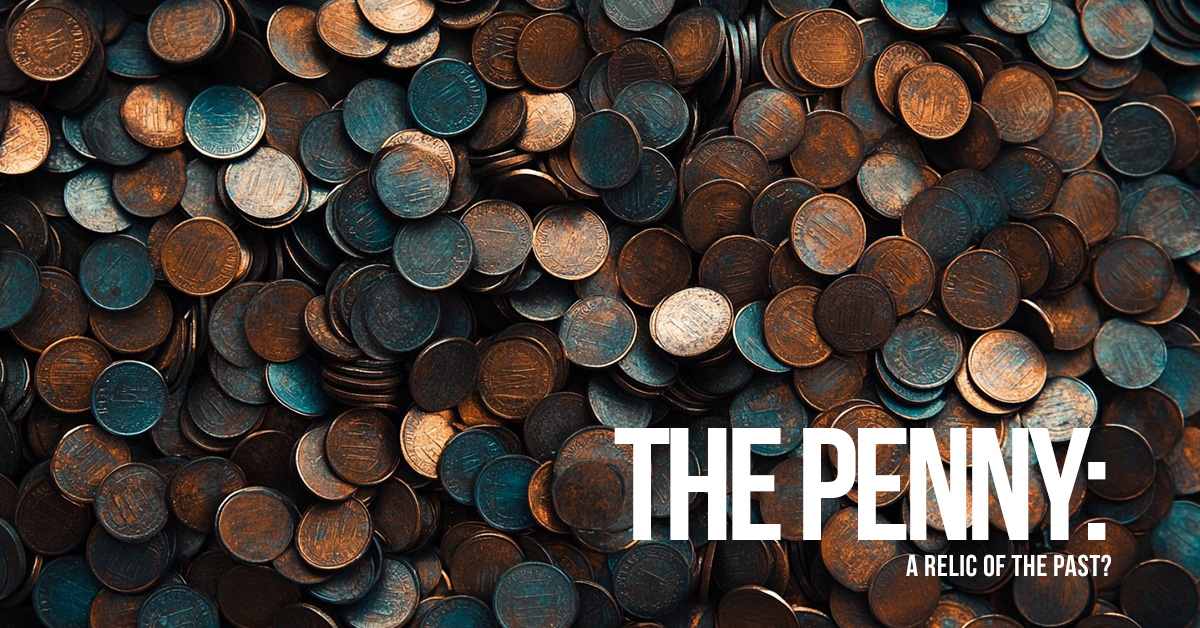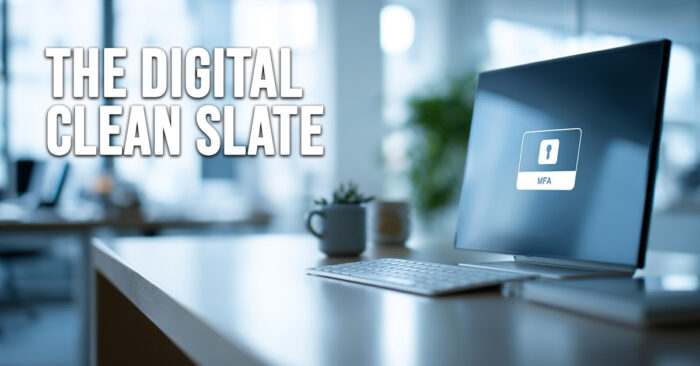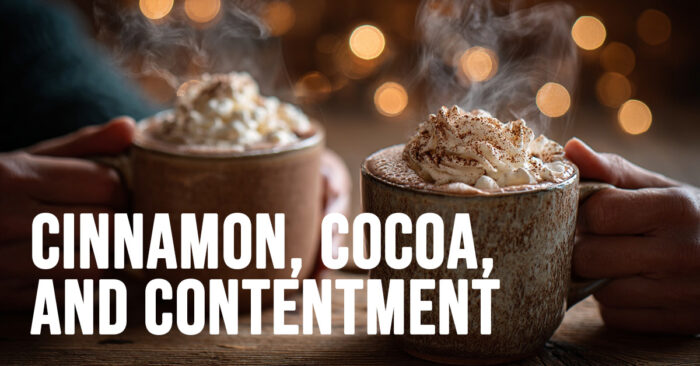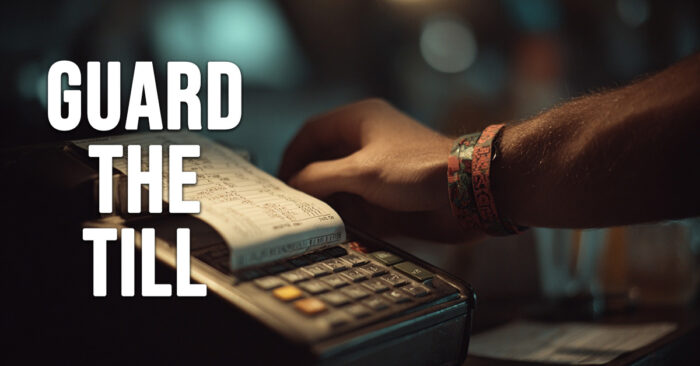The Penny: A Relic of the Past?

The Penny: A Relic of the Past?
The penny, with its distinctive copper hue, has been a familiar sight in American wallets for generations. However, the economic viability and environmental impact of this small coin have sparked ongoing debates about its future.
A Brief History of the Penny
The penny, officially known as the one-cent piece, has its roots in the early days of the United States. Introduced in 1793, it was initially made of copper, reflecting the value of the metal at the time. Interestingly, for the first 70 years of its existence, the penny was actually the second-smallest denomination, as the half-cent coin circulated alongside it.
Over the years, the composition of the penny has undergone several changes. During World War II, copper was needed for the war effort, so pennies were briefly made of steel. In the 1960s, to reduce costs, the copper content was significantly lowered, and since 1982, pennies have primarily been composed of zinc with a copper coating.
The Costly Penny
Despite the shift to less expensive metals, the production of pennies continues to be a money-losing venture for the U.S. government. The cost of manufacturing a penny exceeds its face value, leading to ongoing discussions about its elimination.
Advocates for eliminating the penny argue that it’s an outdated relic of the past and that its removal would streamline cash transactions. They point to the success of other countries, such as Canada and Australia, which have successfully phased out low-denomination coins.
Opponents of penny elimination contend that it would disproportionately affect low-income individuals who rely on cash for everyday transactions. They also argue that rounding prices to the nearest nickel could lead to increased costs for consumers.
The Future of the Penny
The debate over the penny’s future is likely to continue for some time. While there is a strong economic case for eliminating the coin, the political and social implications are complex. As technology continues to advance and cashless payments become more prevalent, the penny may eventually fade into obscurity, joining the ranks of other obsolete currencies.
In the meantime, the penny remains a curious and controversial aspect of the American economy. Its history and changing composition offer a fascinating glimpse into the evolution of currency and the challenges of maintaining a modern monetary system.
Do you have questions about your insurance? Find an insurance agent near you with our Agent Finder
Search All Blogs
Search All Blogs
Read More Blogs
Sparks in the Dark: The Shocking Science (and Solutions) of National Static Electricity Day
Why does everything zap you in January? Celebrate National Static Electricity Day by learning the science of the “winter spark” and how to stay grounded.
The Digital Clean Slate: Securing Your Business Cyber Insurance
Digital organization is key. An audit of your cyber policy and MFA security measures is vital to meet 2026 insurance requirements and lower premiums.
The Healthy Policy: Leveraging Your January Wellness Resolutions for Life Insurance Savings
Did you resolve to get healthier? Your improved fitness can translate into lower life insurance premiums in the new year.
Post-Holiday Adjustments: Auditing Your Auto Policy for New Drivers and Commute Changes
Did a student driver leave for school or return home? Update your auto policy’s garaging address and drivers to avoid huge claim issues.
New Year, New Value: How to Audit Your Home Insurance for Proper Coverage
Kick off the year by checking your policy. Ensure your home’s replacement cost is up-to-date and your new holiday gifts are properly scheduled.
Cinnamon, Cocoa, and Contentment: The Hygge Approach to December Holiday Feasting
Ditch the stressful feast! Simple, warm, and comforting recipes and rituals to bring the cozy Danish concept of Hygge to your holiday table this December.
Guard the Till: Insuring Your Business Against the Holiday Spike in Employee Theft and Fraud
Internal threats are highest in December. Secure your inventory and cash flow with Commercial Crime Insurance (Fidelity Bonds) to protect against employee dishonesty.
The Family Legacy: Why December is the Time to Name a Trust as Your Life Insurance Beneficiary
Protect your payout. Discover the benefits of naming a Trust as the beneficiary of your life insurance to control distributions and minimize probate delays.
Customizing Cold Protection: Essential Auto Insurance Endorsements for Winter Driving
Standard coverage isn’t enough for winter. Learn about Gap, OEM, and specialized endorsements to fully protect your vehicle and costly winter accessories.
Defrosting Disaster: The Costly Liability of Ice, Water, and Frozen Sidewalks in December
Frozen sidewalks, overflowing sumps: A December guide to home insurance liability and water damage coverage, and how to avoid costly claims.









